Touch of Evil (1958) is a Film Noir crime drama directed by and starring Orson Welles alongside Charlton Heston and Janet Leigh.
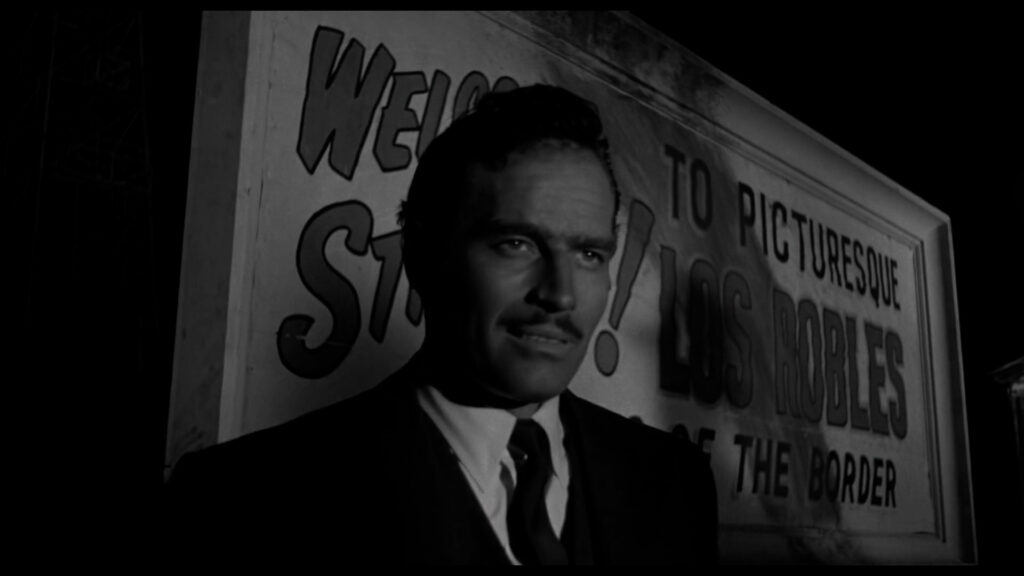
Touch of Evil is set in a gritty, small town on the U.S. – Mexico border. It stars Charlton Heston as Miguel Vargas, a Mexican special prosecutor, Janet Leigh as Susan, his American wife, and Orson Welles as Captain Hank Quinlan, a corrupt and overweight police detective who will stop at nothing to achieve his sinister goals.
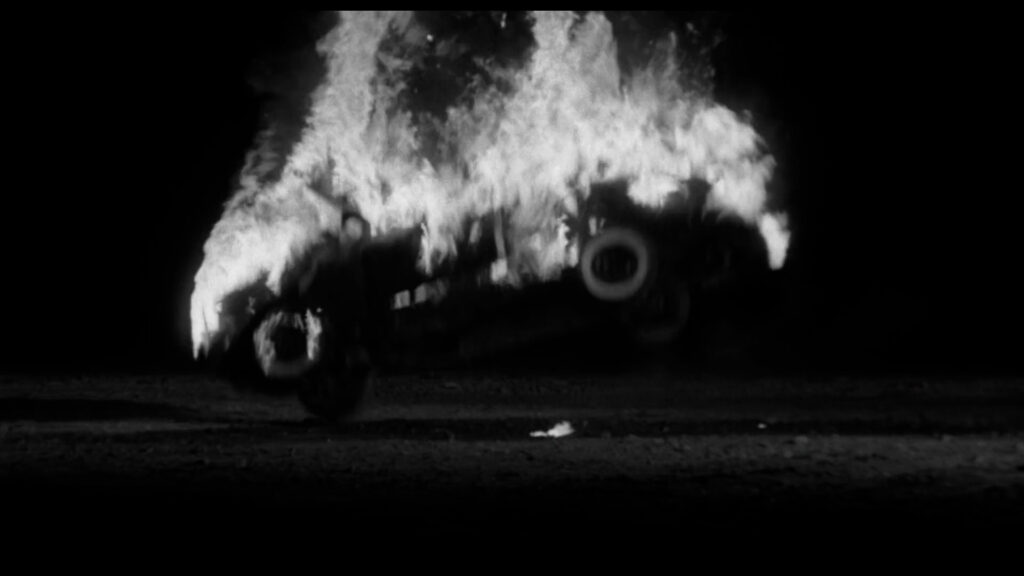
The film explodes onto the screen with a dramatic and suspenseful opening scene in which a car bomb detonates, killing two people and setting up a dark and suspenseful investigation led by Captain Quinlan.
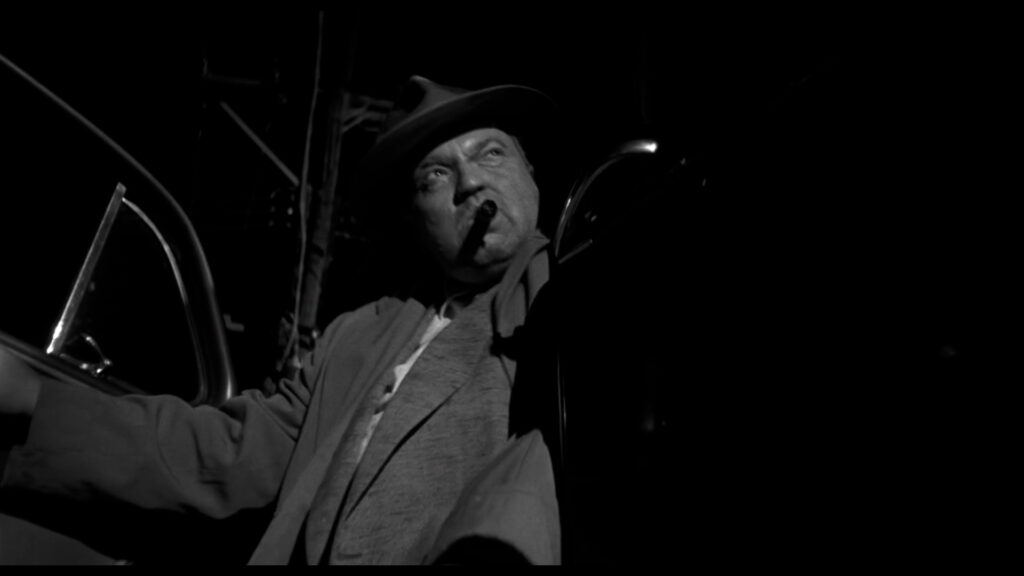
Miguel is deeply interested in the case and is suspicious of the Captain’s behaviour and attitude. A recovering alcoholic and a horrible bigot, Quinlan implicates a young Mexican man called Sanchez after finding dynamite in a box in the young man’s apartment. Vargas is alarmed due to finding the same box empty in a previous scene. He accuses Quinlan of planting the dynamite. Vargas begins to question the captain’s previous convictions, suspecting foul play. Quinlan angrily dismisses Vargas’s allegations.
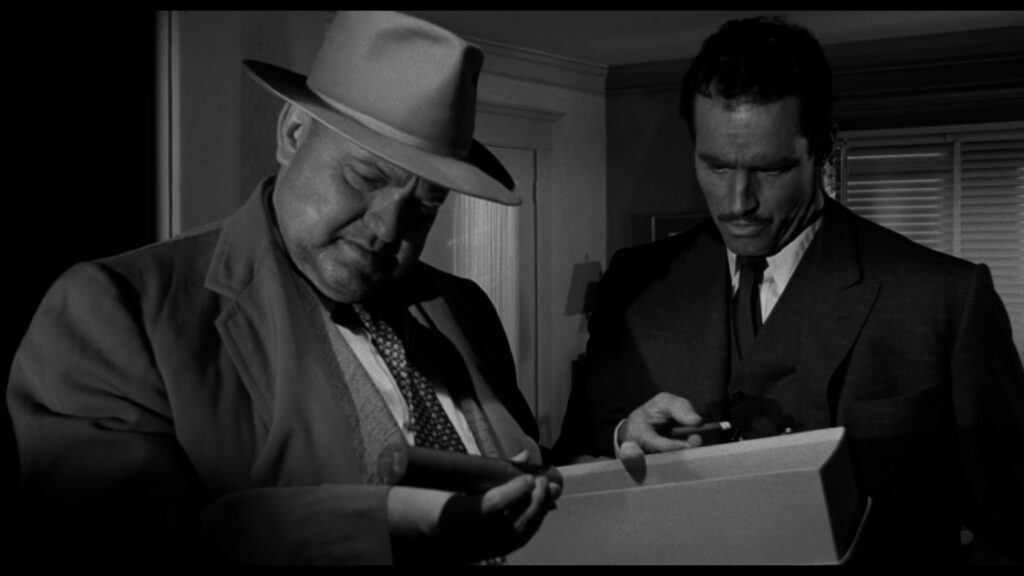
What unfolds is an intricate mystery filled with paranoia and morally ambiguous characters. The film is about as good as it gets in terms of a cinematic pulp detective stories, exploring themes of corruption, racism, and justice with a master of the form, Welles himself, in the director’s chair.
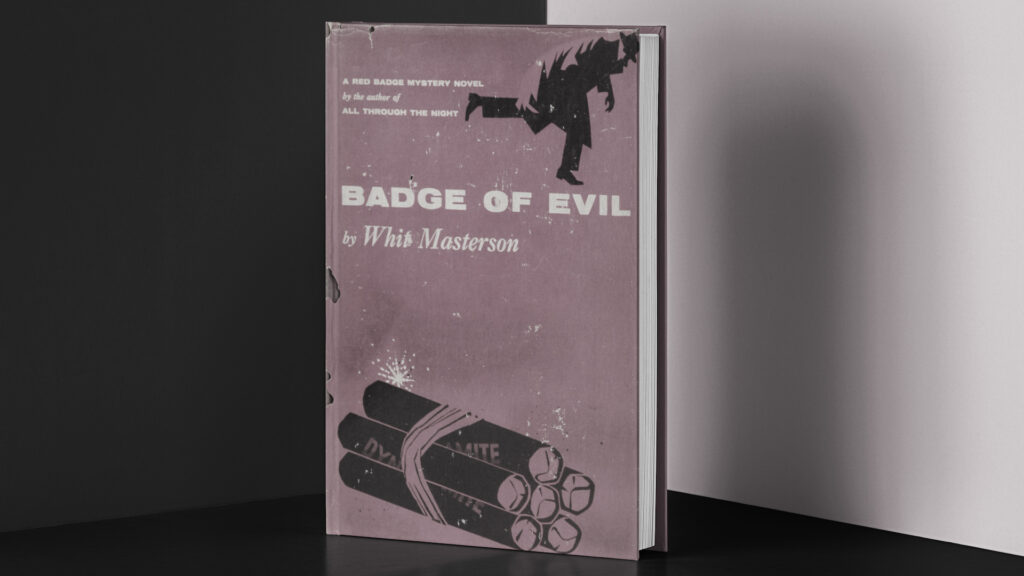
The film is based on Whit Masterson’s novel Badge of Evil, published in 1956, a novel with streaks of teen degradation, reefer madness and interracial relationships. It was brought to the attention of Charlton Heston first, who worked with Universal on bringing the book to the screen and suggesting Orson Welles as the director. Welles wrote up the screenplay, but the cast heavily edited this through weeks of rehearsal – Janet Leigh recalled:
“We rewrote most of the dialogue, all of us, which was also unusual, and Mr. Welles always wanted our input. It was a collective effort, and there was such a surge of participation, of creativity, of energy.”
Janet Leigh (https://www.nytimes.com/1998/09/18/movies/at-the-movies-dark-secrets-of-suburbia.html)
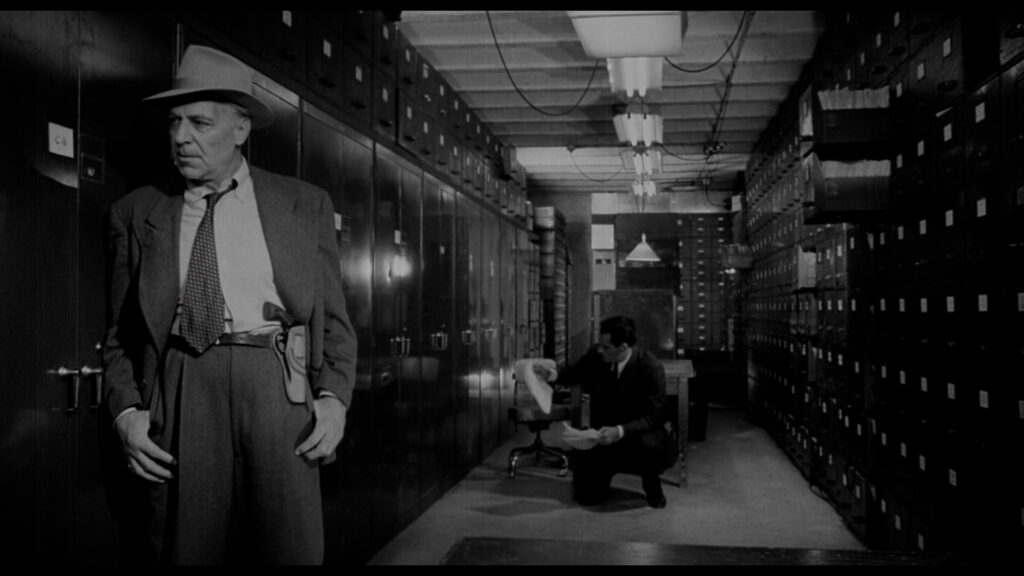
Welles worked closely with cinematographer Russell Metty in production to create what could now be considered a blueprint of film noir. The pair took massive inspiration from all the great noir classics that had come before, from Double Indemnity (1944) and The Big Sleep (1946) to Out of the Past (1947) and The Third Man (1949) (which starred Welles as Harry Lime).
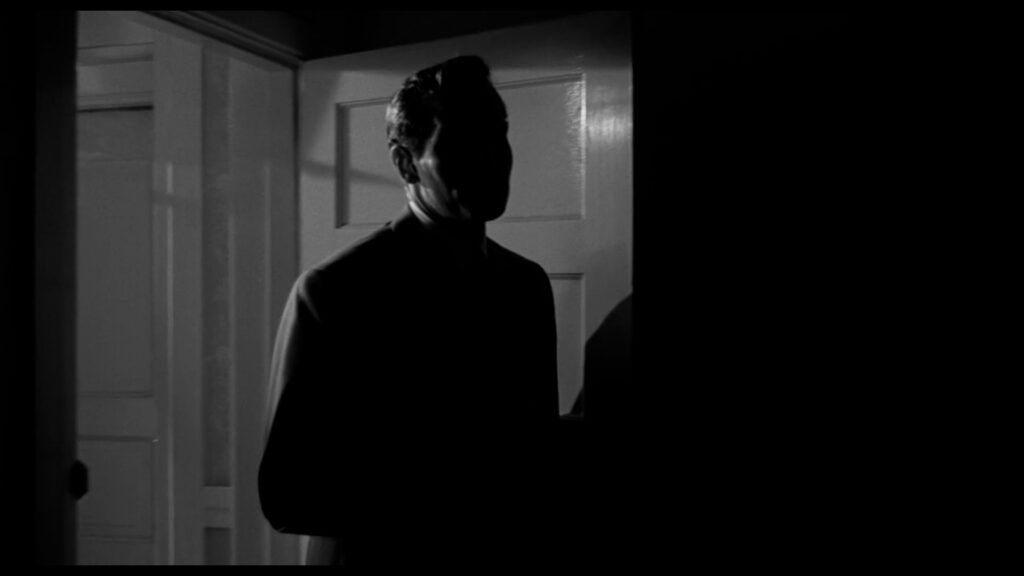
This movie’s oil-black frames are cut by stark shards of light, illuminating only what is intended for us to see. The stark chiaroscuro lighting, expressionistic visuals, low-angled shots and Venetian blind effects are all present. However, these traits are paired with Welles’ busy mise-en-scene and deep-focus cinematography to great effect.
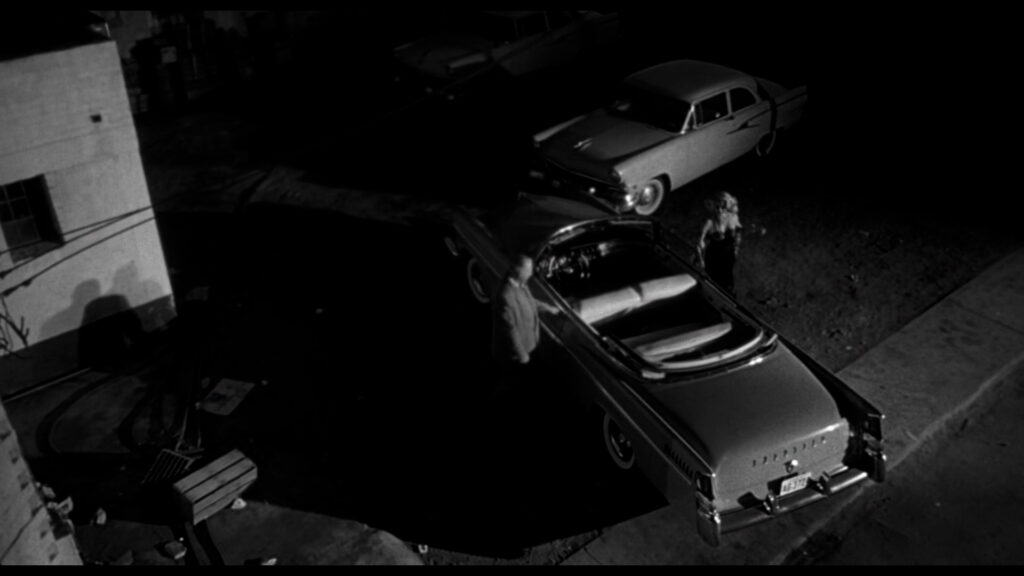
With long takes and sweeping camera movements that evoke memories of the director’s iconic Citizen Kane (1941) these painstaking set pieces required a vast number of actors and technicians to create the intricately assembled shots. This attention to detail creates a complete visual feast that is extraordinary to witness.
The captivating opening sequence, lasting over 3 minutes, all as one long take, is held in high regard by many due to these unique stylings. It is fraught with tension and peril, packed with visual signifiers that convey a story that only the audience is wise to.
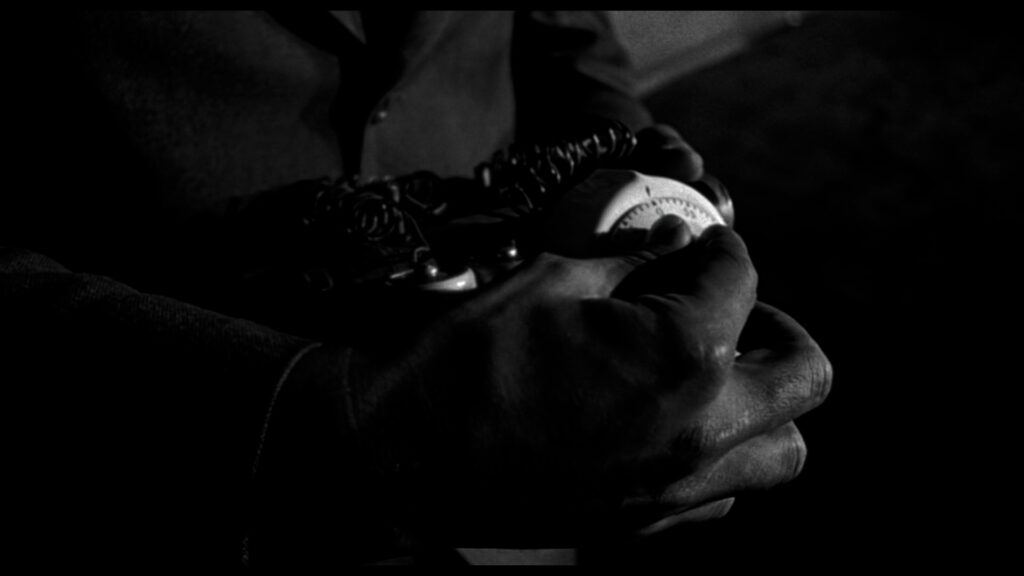
This is a classic Hitchcock ‘bomb’ technique that gives the viewers information that the characters are oblivious to, creating a powerful and palpable suspense.
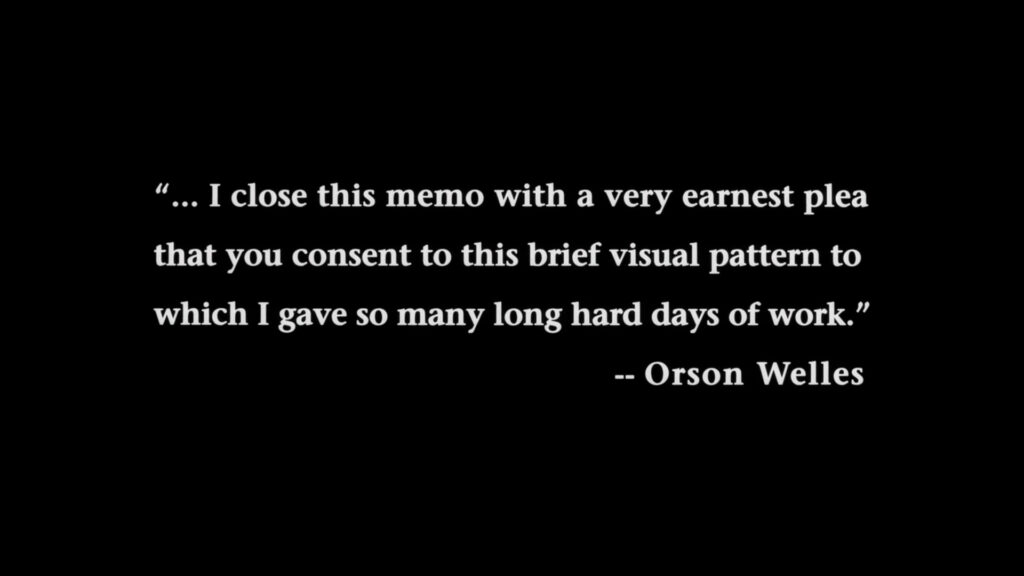
The film went through numerous editors, starting in collaboration with Welles’ before he was locked out of the edit suite. This convoluted process turned the movie into a mess. Studio interference and various reshoots, intended to make the film ‘conventional’, ended with a very dissatisfied Orson Welles, who penned a 58-page memo detailing changes that should be made to knock the movie back into shape and in line with his original vision. Sadly, this never came to pass.
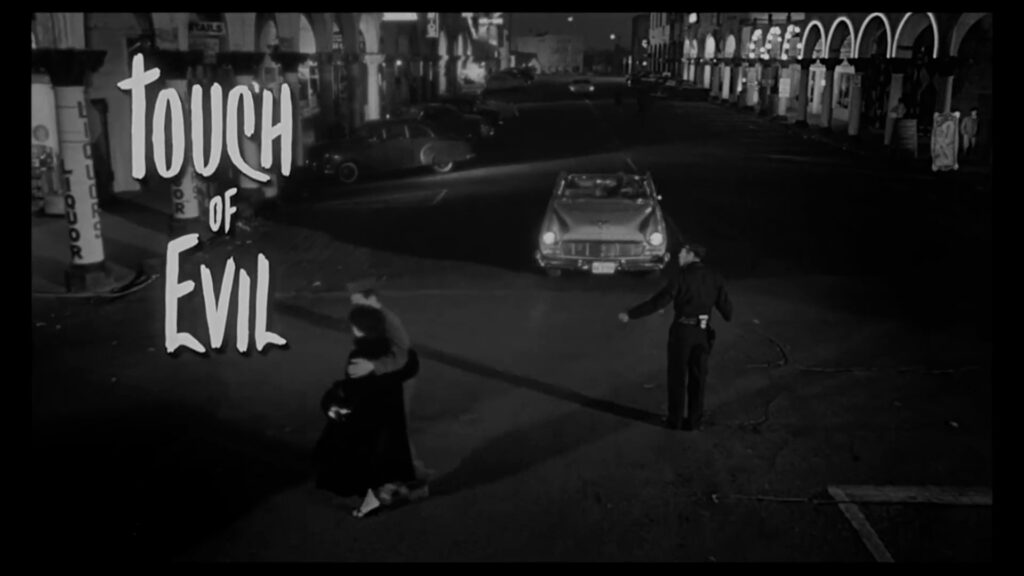
The original version of the film released in cinemas was a commercial failure, with Universal dropping the movie and Welles almost immediately. It found some success in Europe, but contemporary reviews were unkind. Later re-evaluations of the film, however, praised the technical brilliance of the film, performances from the cast and the intriguing plot, all thanks to newer releases.
There was a 1976 release, based on an earlier 108-minute edit used in preview screenings, that UCLA’s Robert Epstein initially requested for use in his film class, which resulted in Universal giving it a theatrical release.
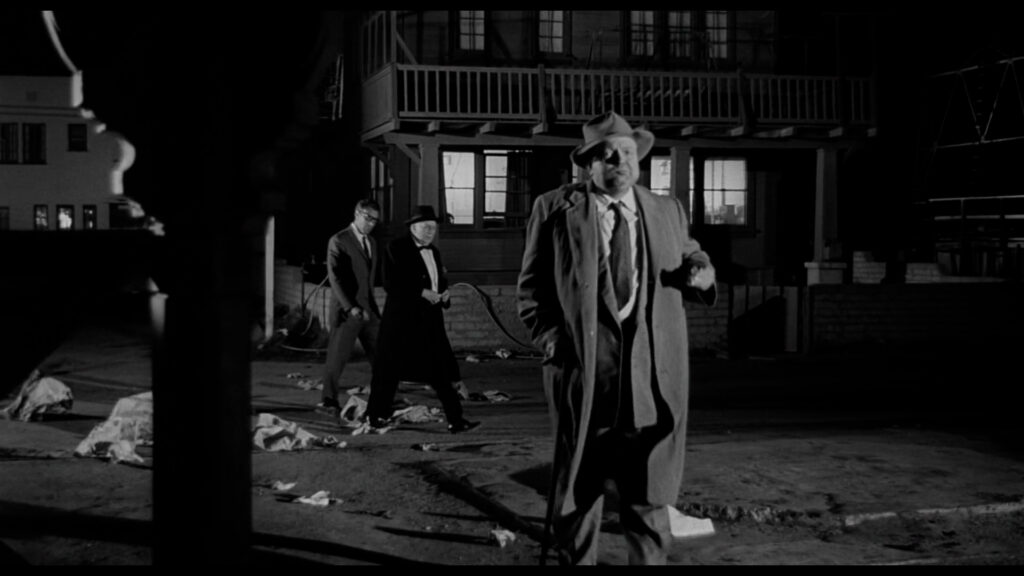
Later, in 1998, a so-called “director’s cut” was produced using Welle’s original memo. Although not able to incorporate all of Orson’s vision, as some original scenes no longer exist, this is as close as we get to his original vision. This is the version that should be watched today and the rendering that gathers all the critical acclaim. It was remastered into 4K back in 2014 and is a beautiful film to watch in this format.
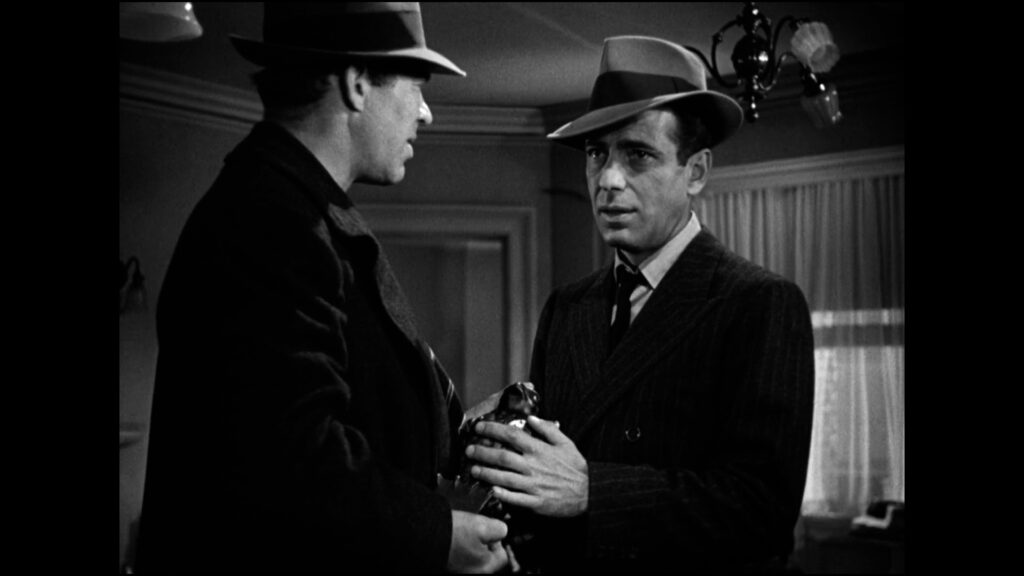
Touch of Evil is a tale about ethics and morality. It contrasts our two protagonists in a fight between good and evil, but also, like all great noirs, it is a window into the darkest reaches of Western culture. Noir was a reflection of society’s descent and its darkest aspects. With the growing Cold War and a general sense of distrust, the paranoia present in Touch of Evil feels very of the time, and like all periods of cinema, was a commentary on reality.
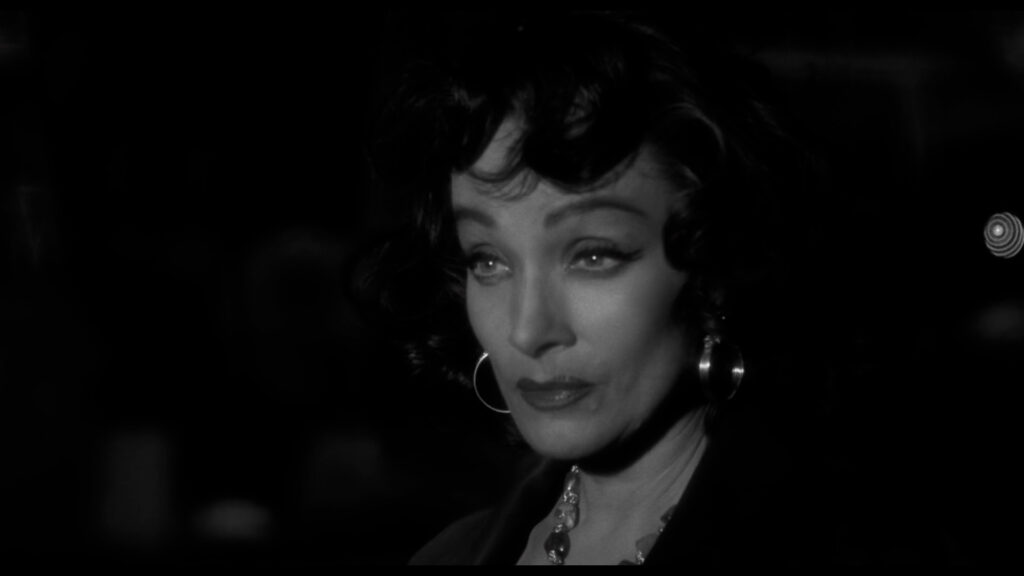
It seems fitting that in one of the earliest great film noirs, The Maltese Falcon (1941), the movie ends with the hopeful line, “This is the stuff that dreams are made of.” A commentary on the American Dream being alive and well and the optimistic end of WW2 around the corner. By the end of Touch of Evil, there is no hope, just tragedy and despair, a refelction on the triviality of life and a lost sense of morality. This is where America and the West was heading – a dark place that it has fought for many years to overcome.
Check out Our Top 5 Orson Welles Films here.
Take a look at our article A Brief History of Film Noir here.
That concludes our review of Touch of Evil.
Did you enjoy Touch of Evil ? What did you think of our review? Let us know in the comments!
You can read more of our reviews here.
Please join us on social media on Facebook, Instagram, Tik Tok and Twitter. We really appreciate all the likes, shares, retweets etc., and we would love to hear from you and continue the wonderful celebration of all things cinema on these platforms.
If you love to watch videos on YouTube, then please subscribe to our channel here. There’s lots of fun and informative videos uploaded that we hope you will enjoy!
We have a passion for movies and aim to produce entertaining and informative movie-related content. It certainly is a lot of hard work, but we love films so much that it’s worth all the effort. We have to keep the lights on and make sure we have plenty of caffeine to keep all of the articles, videos and social media posts coming, so if you like our work, then please consider supporting us at Buy Me A Coffee here. You can also become a More Movies patron on Patreon here.
To help support us here at More Movies, we do use advertising in a few places, so we appreciate it if you do not use AdBlockers on our site, as this helps keep a few pennies trickling in. We also utilise affiliate links throughout the site, usually to help guide our readers to places to stream, rent or buy the movies we talk about. One of the biggest sources for movies online is Amazon Prime Video, where you can stream over 18,000 films. If you are interested in Prime and haven’t signed up yet, you can get a 30-day free trial via this affiliate link, which helps support us too.

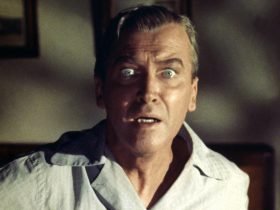
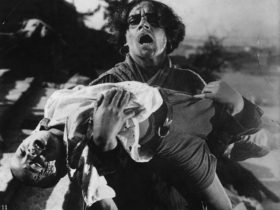


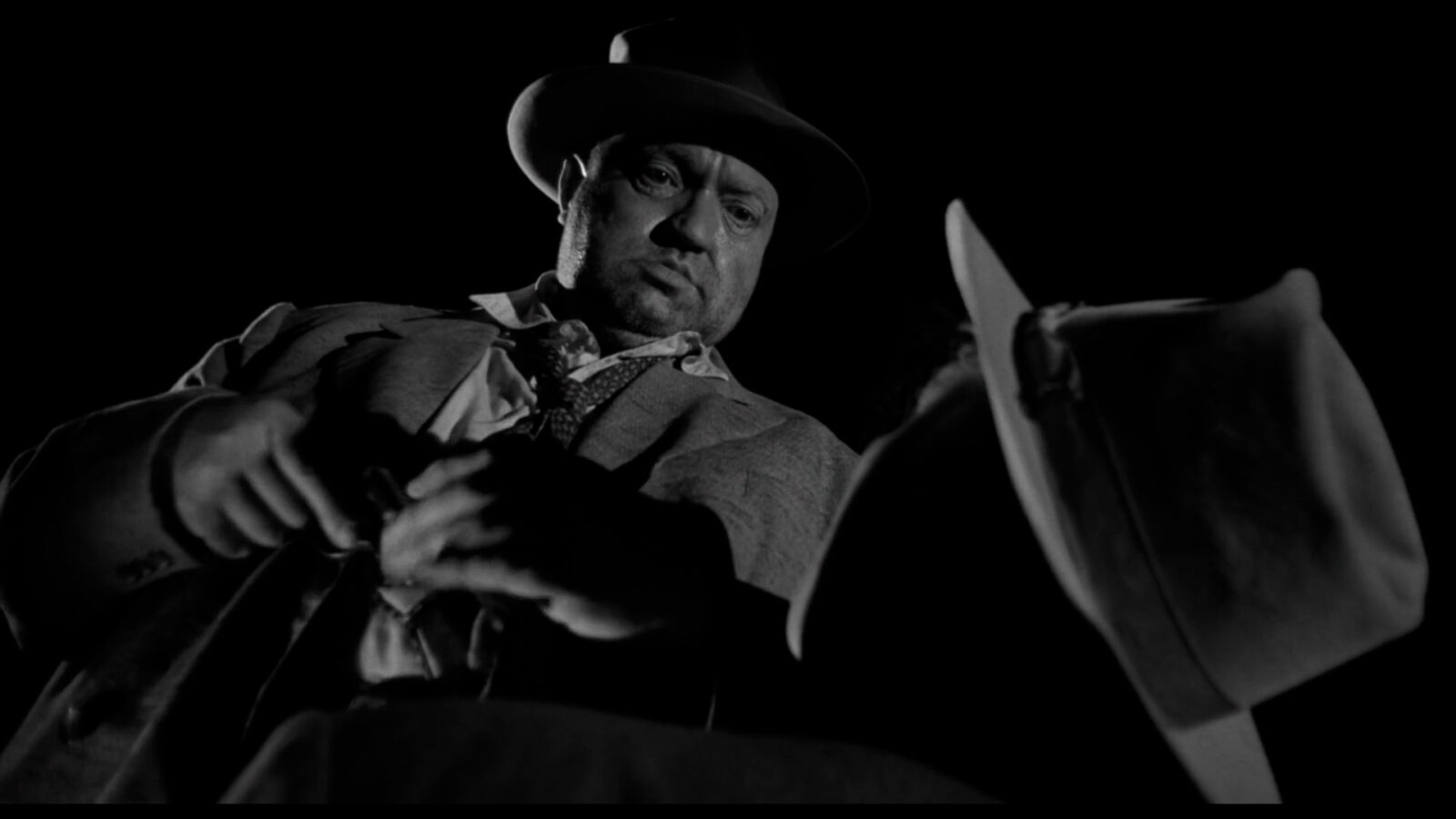
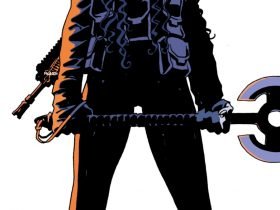


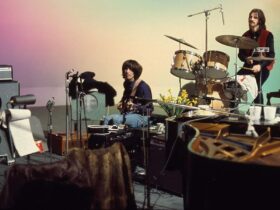
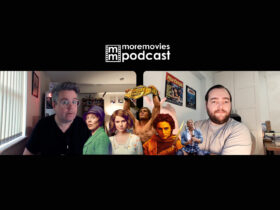
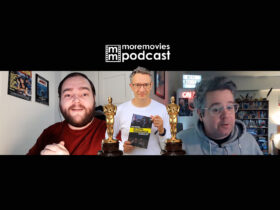
Leave a Reply